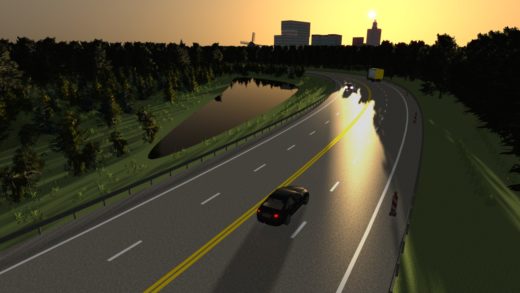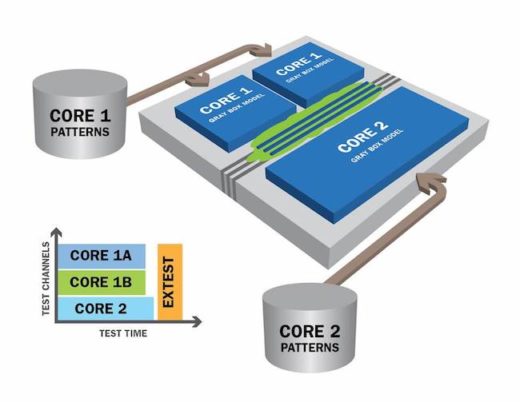Article Roundup: HP-35 Display, System-Level Abstraction, EDA in the Cloud, Self-Driving Safety & Hierarchical DFT
- Folklore Around the HP 35 LED Development and the Nobel Prize
- Searching For A System Abstraction
- EDA Takes to the Cloud (Sort of)
- Self-Driving Hits The Safety Reset Button
- Slash test time by combining hierarchical DFT and channel sharing
Folklore Around the HP 35 LED Development and the Nobel Prize
SemiWiki
 In this continuation of the “20 Questions with Wally Rhines” series, Wally Rhines recounts his experiences working with GaAs light emitting diodes (LEDs). In particular, Rhines speaks of his involvement in creating the first blue LED. Rhines also shares an interesting story about the development of the HP-35 calculator’s display in which a group of relatively young engineers unknowingly chose a wavelength not visible to their older superiors at HP, forcing them to return to the drawing board.
In this continuation of the “20 Questions with Wally Rhines” series, Wally Rhines recounts his experiences working with GaAs light emitting diodes (LEDs). In particular, Rhines speaks of his involvement in creating the first blue LED. Rhines also shares an interesting story about the development of the HP-35 calculator’s display in which a group of relatively young engineers unknowingly chose a wavelength not visible to their older superiors at HP, forcing them to return to the drawing board.
Searching For A System Abstraction
SemiEngineering
The development of design abstractions has been critical to the advancement of semiconductor design as it enables designers to perform system-level design and verification for incredibly complex systems. The current universal abstraction, RTL, is beginning to break down at advanced nodes. Newer abstractions have struggled to gain widespread acceptance, often remaining isolated to specific flows and tasks. For now, the wait continues for an abstraction that provides enough value to enough people to become standard.
EDA Takes to the Cloud (Sort of)
EE Times
Cloud-based EDA tools are a popular point of discussion as many other software products transition to cloud-based offerings. A pair of EDA companies, including Mentor, announced cloud-based emulation solutions at the 55th DAC that enable customers to remotely access emulation resources. However, customer concerns about the security of cloud-based tools among other factors sow doubt on the true feasibility of EDA in the cloud.
Self-Driving Hits The Safety Reset Button
SemiEngineering
 Discourse surrounding autonomous drive technology is taking a skeptical turn in the wake of several well-publicized accidents. To regain public trust, self-driving cars will have to demonstrate orders-of-magnitude improvement in failure rates through simulation and real world testing. This article presents a three-part verification and validation methodology for autonomous vehicles to couple with real world testing.
Discourse surrounding autonomous drive technology is taking a skeptical turn in the wake of several well-publicized accidents. To regain public trust, self-driving cars will have to demonstrate orders-of-magnitude improvement in failure rates through simulation and real world testing. This article presents a three-part verification and validation methodology for autonomous vehicles to couple with real world testing.
Slash test time by combining hierarchical DFT and channel sharing
Tech Design Forum
 The rapid pace of design scaling calls for a change to traditional DFT flows. A recent case study by Spreadtrum demonstrates that hierarchical DFT and DT channel sharing are compatible and result in combined benefits to memory footprint, ATPG runtime, test channel allocation, and overall tapeout schedule. Although the value of hierarchical DFT is well established, other techniques, such as channel sharing, can further improve DFT efficiency.
The rapid pace of design scaling calls for a change to traditional DFT flows. A recent case study by Spreadtrum demonstrates that hierarchical DFT and DT channel sharing are compatible and result in combined benefits to memory footprint, ATPG runtime, test channel allocation, and overall tapeout schedule. Although the value of hierarchical DFT is well established, other techniques, such as channel sharing, can further improve DFT efficiency.